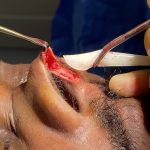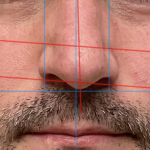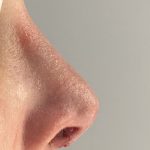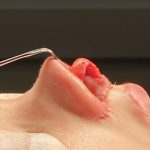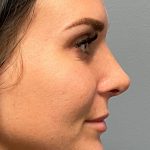Technical Strategies – Modified Wedge Excisions for Nostril Flaring Reduction
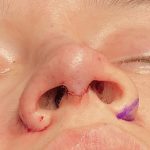
Rhinoplasty surgery is fundamentally about altering the osseocartilaginous framework of the nose. It’s primary soft tissue effect, the redraping of the nasal skin over and around the altered support framework, is largely out of the surgeon’s direct control. But there is one soft tissue element of the nose which can be changed and that is Read More…



